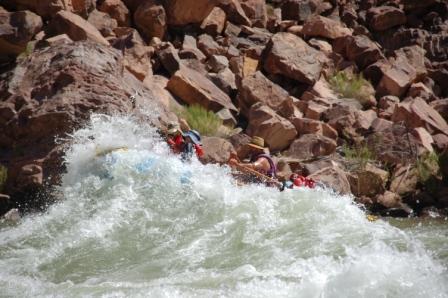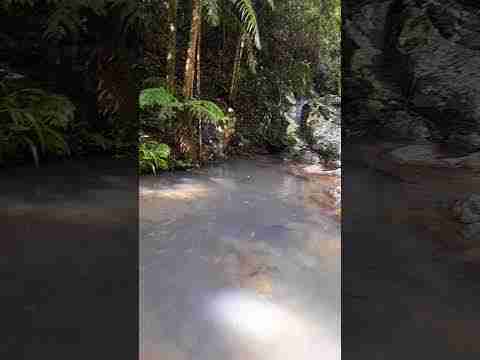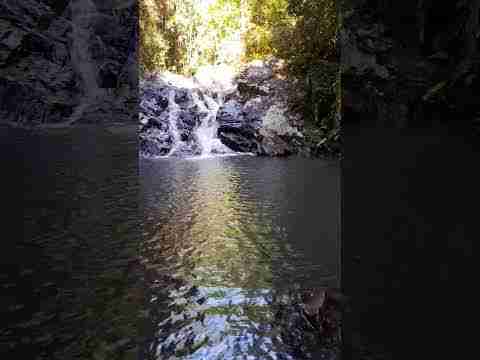[please login to make this ad block disappear]
Grand Gets CFS Boost from Experimental Release
 Okay, we've all heard enough about the shut-down in the Grand Canyon. Now let's hear it for a little opening up...of the flood gates. While not quite at Kenton Grua's 70,000 cfs level when he set the record speed descent run as documented in Kevin Fedarko's acclaimed The Emerald Mile, river runners reveled in a nearly 37,000-cfs experimental release in mid-November, bringing monstrosities like Lava, Crystal Hermit and more roaring to life...
Okay, we've all heard enough about the shut-down in the Grand Canyon. Now let's hear it for a little opening up...of the flood gates. While not quite at Kenton Grua's 70,000 cfs level when he set the record speed descent run as documented in Kevin Fedarko's acclaimed The Emerald Mile, river runners reveled in a nearly 37,000-cfs experimental release in mid-November, bringing monstrosities like Lava, Crystal Hermit and more roaring to life...
"The sad part is these "high flows" almost achieve the pre-dam "lowest" annual high flow,"
From November 11-16, 2013, the Department of Interior conducted a High Flow Experiment (HFE) linked to sediment input and other resource conditions below Glen Canyon Dam. During the HFE, total releases from Glen Canyon Dam at full powerplant capacity and bypass reached a top output of 37,200 cfs - more than enough to challenge big water rowers and kayakers. The releases were maintained at peak release for four days, with the total experiment, including ramping, lasting five days - dropping the elevation of Lake Powell approximately 2 ½ feet.
Releases prior to and after the HFE fluctuated between 5,000 cfs and 8,000 cfs. As welcoming as these releases were for river runners, some also expressed remorse and a yearning for when these kind of flows occurred annually. "The sad part is these "high flows" almost achieve the pre-dam "lowest" annual high flow," says Tom Martin, executive director of River Runners for Wilderness. Since 2000, total Colorado Basin storage has experienced year to year increases and decreases in response to wet and dry hydrology, ranging from a high of 94% of capacity at the beginning of 2000 to a low of 50% of capacity in 2014. "One wet year can significantly increase total system reservoir storage, just as persistent dry years can draw down the system storage," says the Bureau of Reclamation's Katrina Grantz. With the Grand Canyon measuring 277 miles long and the water traveling at an estimated 5 mph, this means that from the last day of the release, Nov. 16, the high flows would've taken more than two days to reach the canyon's end. The releases were designed to restore beaches, stir up sediment and perform other ecological benefits of a normal flood cycle. No word on how many raft flips they caused. |
Login to post here










 Get for free:
Get for free:








